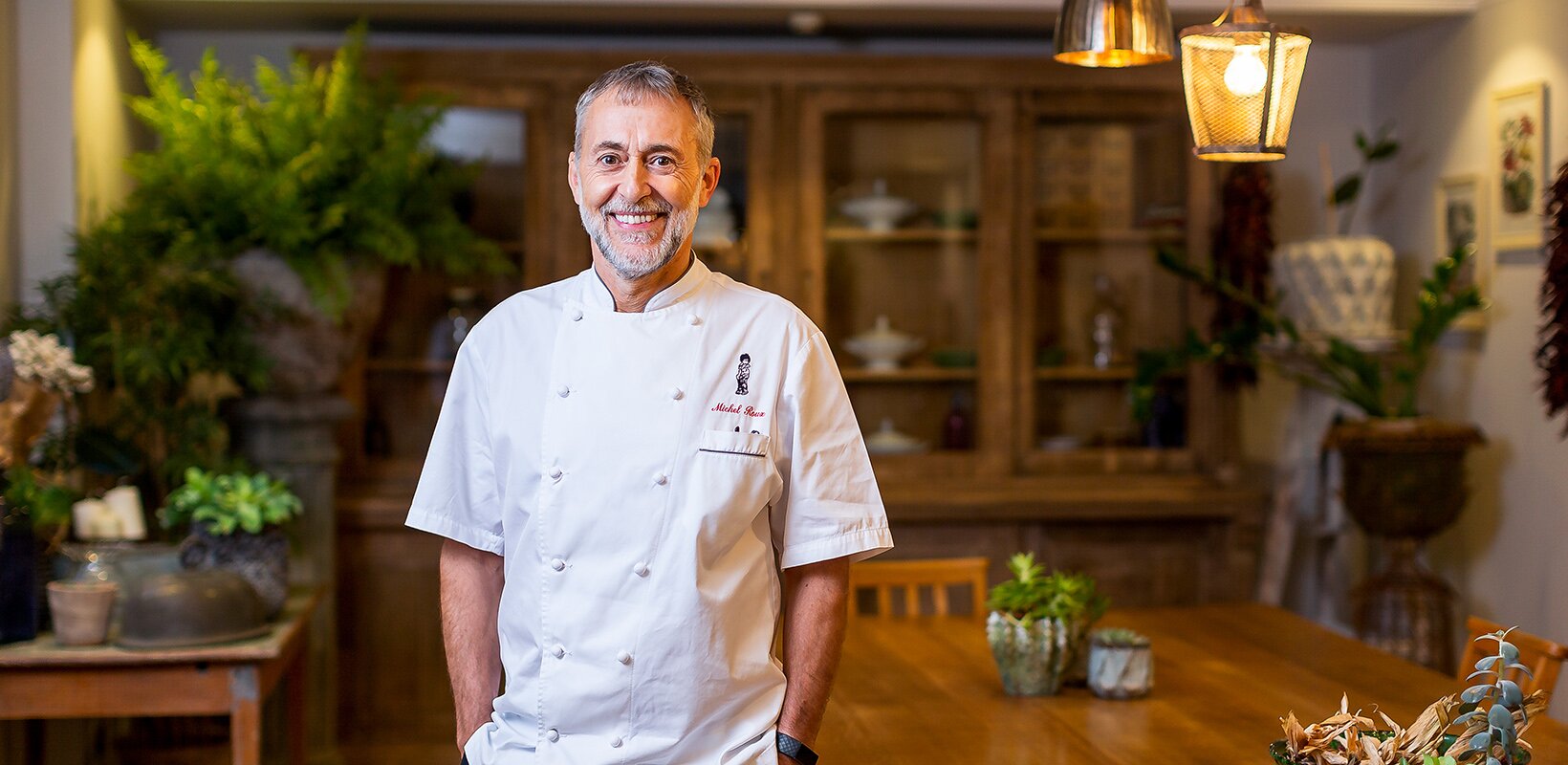Recipe of the week: Black garlic
Makes 10 heads 10 heads very fresh garlic
Equipment notes
Slow, consistent heat is the key to blackening garlic. In a restaurant, a warming cabinet is great for this. A homemade fermentation chamber will work well, too.
The simplest solution, however, is an electric rice cooker or a slow cooker. The âkeep warmâ setting hovers right in the neighbourhood of 60°C. Theyâre not 100% accurate, but they should be adequate for small-batch blackening.
However, not all electric cookers will stay on indefinitely. Make sure your cooker doesnât have an auto-off feature before jumping into the recipe.
Set up your fermentation chamber, which will need to maintain a steady temperature of 60°C for several weeks. If using an electric cooker, be aware that the heating elements in many cookers come into direct contact with the metal cooking bowl, which can cause the garlic to scorch, so place a small wire rack, plate, or bamboo mat in the bowl to act as a buffer.
Use freshly harvested summer garlic, which will have a good amount of moisture for the blackening process and wonât have a sulphurous flavour. Stay away from garlic that has begun to sprout and display green shoots, but also be sure the cloves have fully developed, because the skin on very new garlic can be too papery.
Avoid industrially produced white garlic from China, which can be acrid and sulphurous with very little sweetness. Elephant garlic is too mild to do well with this process either.
Peel off any dusty garlic skins and inspect the heads to make sure there is no mould hiding between the layers; if there is, peel away more skin and wipe it off.
Youâll now need to wrap the garlic to keep its moisture in. Industrial manufacturers use hermetically sealed rooms where the humidity is regulated. On a small scale, simply double-wrapping the heads in two large sheets of foil will be fine â" be sure the heads sit in a single layer.
If youâre blackening your garlic in a fermentation chamber, place the foil-wrapped heads of garlic in a larger airtight container, such as a large zip-top bag or a plastic snap-lid container.
Alternatively, you could seal the heads in a vacuum bag with the sealer at 50% suction (lest the bag get punctured by the garlic stems) or use two heavy-duty zip-top plastic bags with as much air squeezed out as possible.
Place the wrapped garlic in the fermentation chamber and close it, or place in the cooker and seal the lid. If the lid has a rubber seal with a latch, thatâs fantastic, as it will retain moisture well. If not, do your best to seal it some other way. While not exactly pretty, wrapping the top of the cooker in plastic wrap does the trick. Turn the cooker on to âkeep warm,â and away you go.
Check the garlic after a week to assess its progress. The outside of the skins should be starting to turn tan and look damp as they absorb moisture from the cloves within. If allâs well and the garlic hasnât become overly dry, continue. If theyâve started to scorch or burn on the bottom, or if theyâve become extremely dry, unfortunately, youâll need to start again.
The total amount of time will range from six to eight weeks for full development of flavour. When theyâre ready, the cloves should be black, slightly shrunken away from their skins, tacky to the touch, and easily squished between your thumb and forefinger. The flavour should be sweet, earthy, slightly fruity, and reminiscent of roasted garlic.
Let the whole heads rest on the counter at room temperature for a day to shed some of the residual moisture, then bag them or pack them in a covered container and store them in the fridge or freezer.
Black garlic has less moisture and a pH well below that of fresh garlic, but itâs not perfectly shelf stable, so it needs to be refrigerated or frozen. It will keep well for a week in the fridge; otherwise, freeze it for longer storage.
Suggested uses
Black garlic ice-cream
Buy or make a good-quality vanilla or chocolate ice-cream, and fold a spoonful of chopped black garlic into each serving. Chocolate ice-cream is further improved by the smallest drizzle of olive oil, too.
Black garlic skin broth
When youâve harvested all the flesh from your black garlic, donât throw away the skins. Save them to add by the fistful to chicken broth â" or any broth, for that matter â" during the last hour of cooking for extra richness, depth of flavour, and a delicious fruitiness.
In fact, if youâre planning to add black garlic skins to your broth, donât even bother using other vegetables at the beginning. The skins will have more than enough flavour to complement the chicken on their own. We love to do this at Noma for staff meals, especially at breakfast with a few drops of chilli oil and maybe some rice or noodles on the side.
Black garlic paste
Crush peeled black garlic with a mortar and pestle and a bit of water or oil until you have a thick paste with plenty of possible uses. For starters, it makes a fine accompaniment to sliced hard cheeses, just like quince paste. (If you find the black garlic paste a bit lacking in sweetness, add a drop of honey.) Should you mix equal quantities of black garlic and olive tapenade, youâll wind up with a delicious topping for a slab of crunchy-soft bread thatâs been toasted with plenty of olive oil.
Last but not least, when black garlic finds its way into pesto (about a teaspoon per serving) and that pesto finds its way into your pasta, you will not be disappointed.
Book review: The Noma Guide to Fermentation >>















